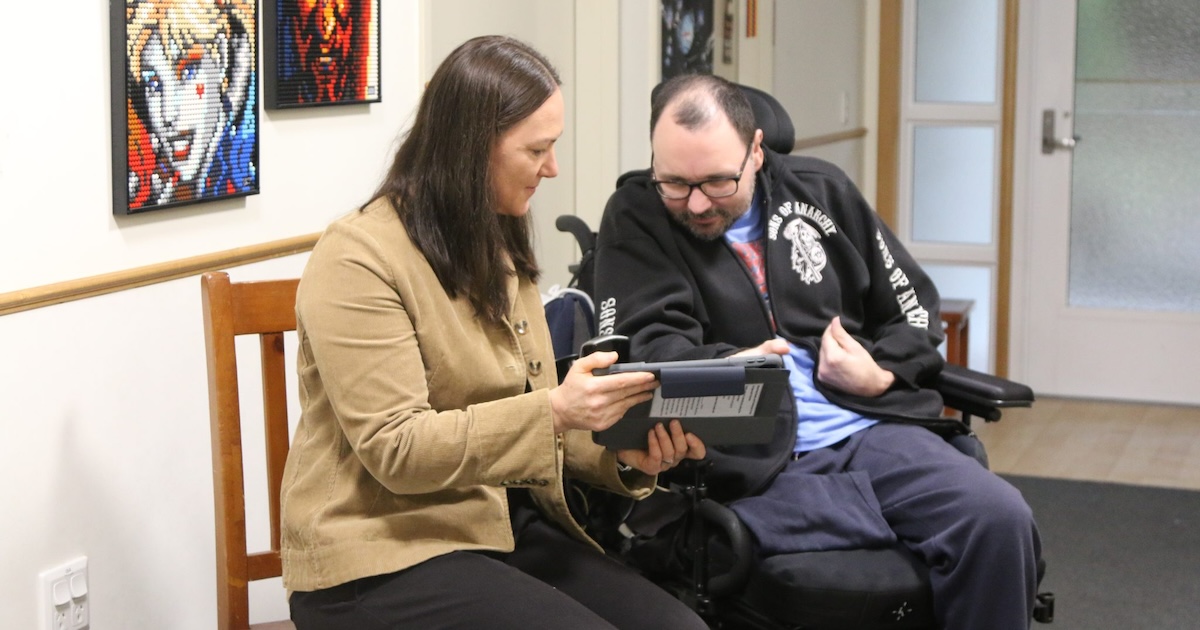In episode four of the HIMSS Australia Digital Dialogue Series hosted by Tim Kelsey, Senior Vice President, HIMSS Analytics International, the panel of four guest speakers reflected on some of the current developments in digital health in South Australia and shared their thoughts on some of the most important priorities in digital health.
CURRENT DEVELOPMENTS IN DIGITAL HEALTH IN SA
“It has been a difficult journey in pushing digital health and recent happenings (during the COVID-19 pandemic) has exposed issues, such as telehealth that wasn’t set up for the patient, and we found out that within SA Health that the main COVID-19 hospital was not able to put discharge summaries out to GPs electronically from the EDs,” explained Dr Chris Moy, GP, Vice President of the Australian Medical Association & President AMA South Australia.
Despite some of the exposure of gaps, Dr Moy said that the flip side was the ‘can do’ attitude that emerged which has been really positive. There has been progress in areas like electronic prescribing and connecting electronically to get a discharge summary from hospital EDs to the GP immediately.
“The next step is really to leverage on all that and the ‘can do’ attitude is really something we need to harness.”
Prof Libby Roughead, Director, Quality Use of Medicines and Pharmacy Research Centre, University of South Australia, leads the Veterans' Medicines Advice and Therapeutics Education Services (MATES) program, a data-driven program to improve the health of Australian veterans. She and her team uses algorithms through routinely collected healthcare data and they provide patient-specific information from that data to providers but they also provide tailored, targeted education to both providers and veterans.
During the lockdown in March, Prof Roughead and her team summarized the evidence of who is at most risk coming out of China, Italy and Spain where the epicenters were at that time, developed algorithms, ran them through the data and identified 80,000 veterans who are at risk of poor outcomes if they were to contact COVID-19 due to co-morbidities in addition to their age.
“We knew we needed to get information out to doctors quickly, it was the same week the government had announced telehealth for all. We had been a predominantly paper-based service but we have been developing in-house software so we could securely to the general practitioner clinic desk tops, at the right practice with the right patient, and integrated into the clinical record,” she said.
The software was cautiously trialed and a thousand messages were sent. During that period, the evidence and policy announcements were changing daily – the only way to be agile and flexible was to do it through digital delivery. 55,000 messages were sent out across the country to 11,000 doctors, alerting them to the patients who were at risk and what were the risk factors that they had. 70,000 messages were delivered to veterans, alerting them that telehealth and medicine delivery services were available.
Philip Robinson, Executive Director Corporate Services and the Executive Lead, Women’s and Children’s Hospital, Adelaide mentioned two key issues needed to be addressed immediately from the state of emergency that was declared back in March 2020. Firstly, how can the workforce be digitally enabled (which had been primarily working in an office environment), so that they can work from home? In addition, how to reduce patient admission and people coming into hospital?
For the issue of enabling the healthcare workforce to work from home, VPN access was quickly reconfigured for a large cohort of computers and a help desk was set up to assist the digital help desk which was getting overwhelmed. To reduce the numbers of patients coming into hospitals, a video conferencing system was set up with key principles – for instance, video calls had to be an adjunct to current service models and it had to be patient and clinically-focused with proper clinical documentation.
Commvault’s Australian Alliance Lead Paul Lancaster observed that in the healthcare sector, platforms are constantly changing with an emphasis on mobility and the ability to access applications. He also sees that there is a greater understanding of data sets in the sector – where Commvault adds value is in the connection of these data sets with large and growing health data emerging from consumer health devices and health applications. This provides opportunities to use predictive tools to identify and mitigate risks.
PRIORITIES IN DIGITAL HEALTH
Lancaster said that interoperability standards around data need to be set and that the data is already there, it just needs to be managed properly and utilized for better health outcomes. Prof Roughead wishes for a national data set to be created and started to be used. For Robinson, there needs to be a proper financing model that supports digital technologies such as telehealth, otherwise it will be difficult to maintain the different ways of working.
“Standards, aiming for interoperability with backing at the political level and from the national/state level, which has an emphasis on procurement – all these will start to bring things together,” concluded Dr Moy.
